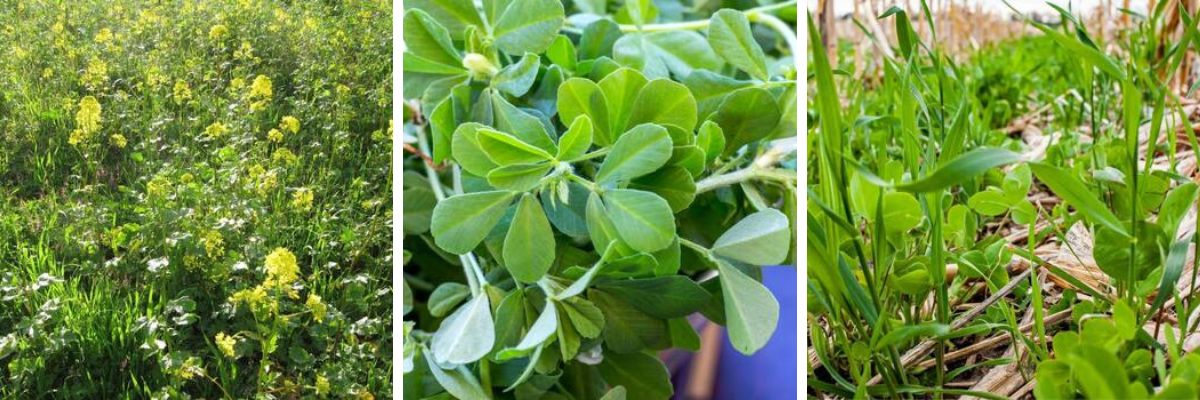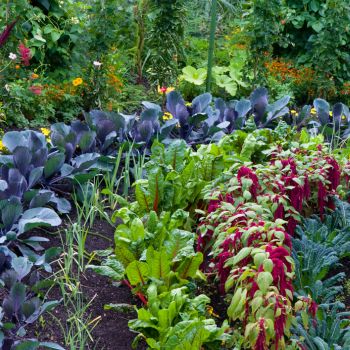For some gardeners mid-winter is a time to take a break from the outdoors and spend time inside on other pursuits. If this is you, devote this month to planning your spring and summer vegetable and flower garden and making sure you have everything to hand ready for when the weather warms up. Think about how much space and time you have, how to feed your soil, and the crops you'd like to grow through the warmer months.
For others, the cold weather is no excuse to be idle, and there are still plenty of seeds, bulbs, tubers and crowns that can be planted at this time of year. Gardeners in warm climates can still plant a wide range of herbs and vegetables, as well as enjoying the harvest from earlier efforts.
Read on below or click the following links to browse a range of seeds to sow now in your climate:
▩ Cold Climate: Tasmania, Melbourne, Mt Gambier, Canberra, etc.
▩ Moderate Climate: Sydney, Perth, Adelaide, etc.
▩ Warm Climate: Brisbane, Bundaberg, Carnarvon, etc.
▩ Tropical Climate: Broome, Darwin, Cairns, Townsville, etc.
Not sure which climate? Click here.
Vegetables
In warm and tropical climates Cape gooseberry, okra and rosella seeds can be sown, as well as pumpkin, melon, capsicum, chilli and most leafy greens. It's also a good time to refresh the herb garden with new sowings of parsley, dill, coriander and lemon balm. In cool and moderate climates, the focus of mid-winter planting is on tubers, bulbs and crowns in preparation for spring growth.
- Brassicas: Chinese cabbage, chicory (radiccio), kale, mustard; cabbage (warm climates).
- Leafy greens: lettuce, cress, endive, mizuna, rocket, silverbeet, spinach.
- Legumes: shelling peas, sugarsnap peas, snow peas, broad beans.
- Roots and Stalks: radish, carot, parsnip; kohlrabi, beetroot and celery (warm climates).
- Alliums: bunching onion, shallot, potato onion, walking onion.
- Tubers and Crowns: asparagus, Jerusalem artichoke, seed potato.
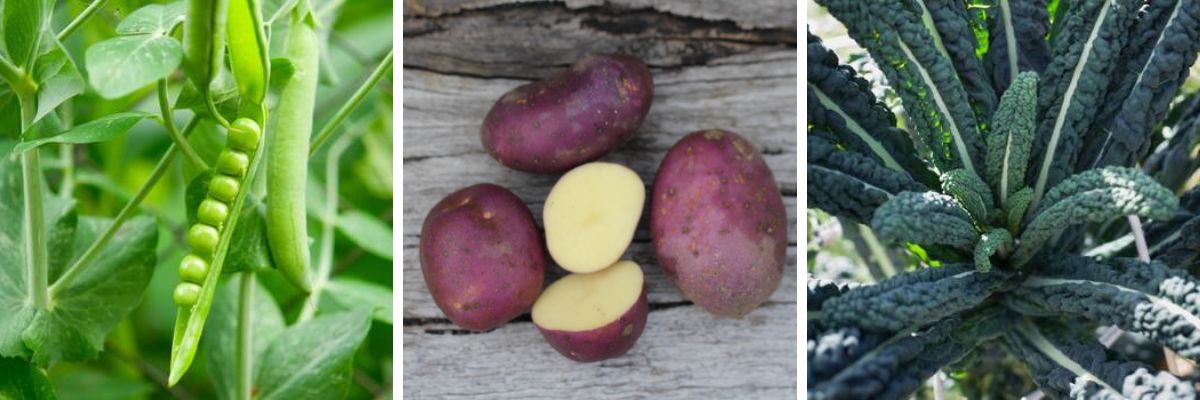
Flowers
Gardeners in warm and tropical areas can sow fast growing flowers for spring blooms. In cold and moderate climates the choice is more limited but seeds of some native flowers, poppies and daisies can be sown now. In all climates lily bulbs can be planted in pots or the garden to flower in the heat of summer.
- Cool climates: Austral indigo, cornflower, Flanders poppy, poached egg plant, godetia, lily, Livingstone daisy, purple flag, Rottnest Island daisy, Shirley poppy, snow on the mountain.
- Warm climates: Amaranth, alyssum, aster, borage, brachyscome, calendula, candytuft, Canterbury bells, godetia, impatiens, lily, petunia, phlox, marigold, nasturtium, snapdragon.
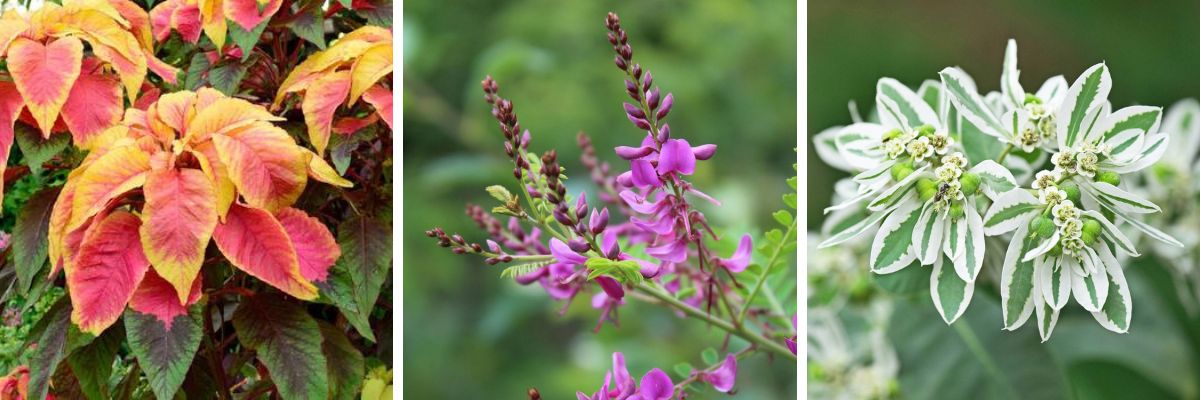
Baby Leaf
Grow your own salad mixes by scattering seeds of beetroot, chicory, endive, lettuce, rocket, silverbeet and tatsoi in a seedling tray or small area of the garden. Baby leaf crops are leafy green vegetables that are harvested while they're young and tender. They're quick to grow and highly nutritious - just the thing for a mid-winter pick-me-up. See the full range of baby leaf seeds here.
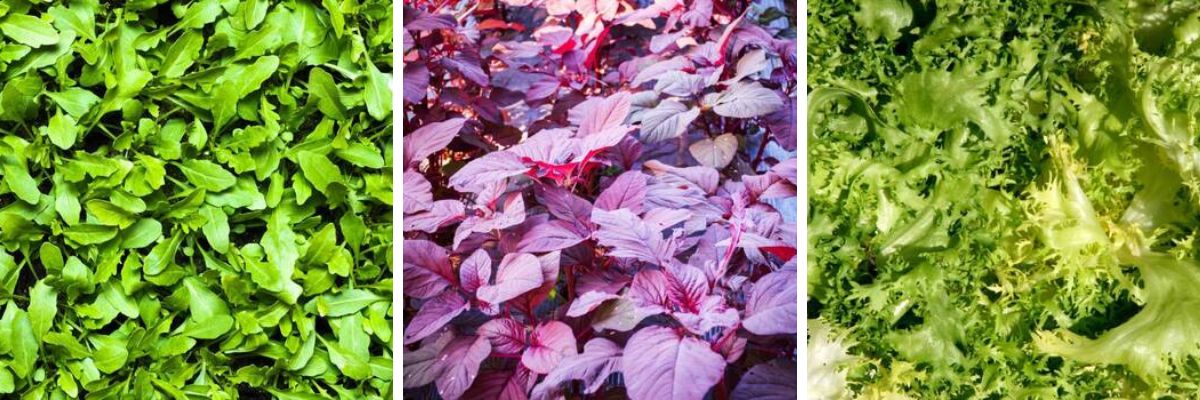
Green Manure
There's time to sow a green manure crop to rejuvenate soil in time for spring sowing. Green manure crops are quick growers that can improve soil texture and add organic matter and nutrients to the soil. Plant a cool weather or biofumigation mix, or sow a crop of broad beans to increase nitrogen levels before spring. Learn more about growing green manure here or browse the full range of green manure seeds.
